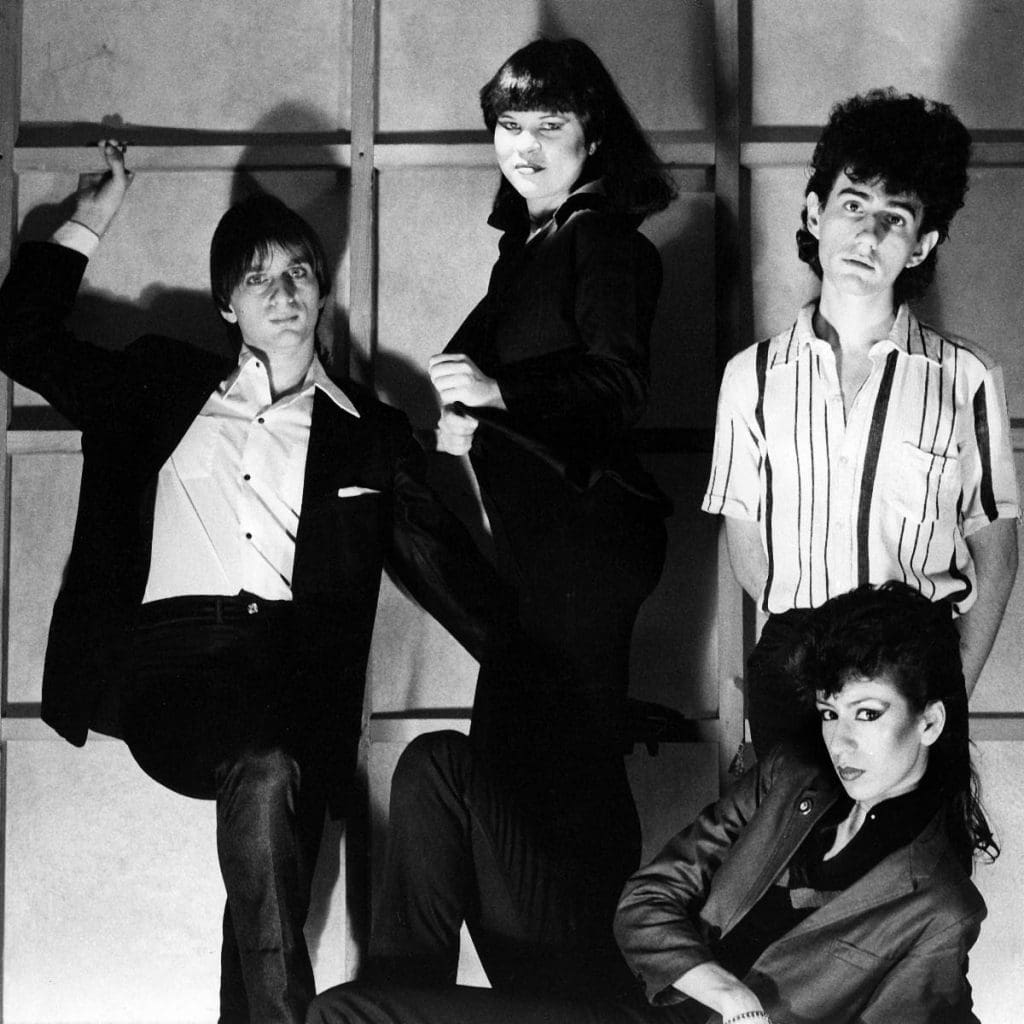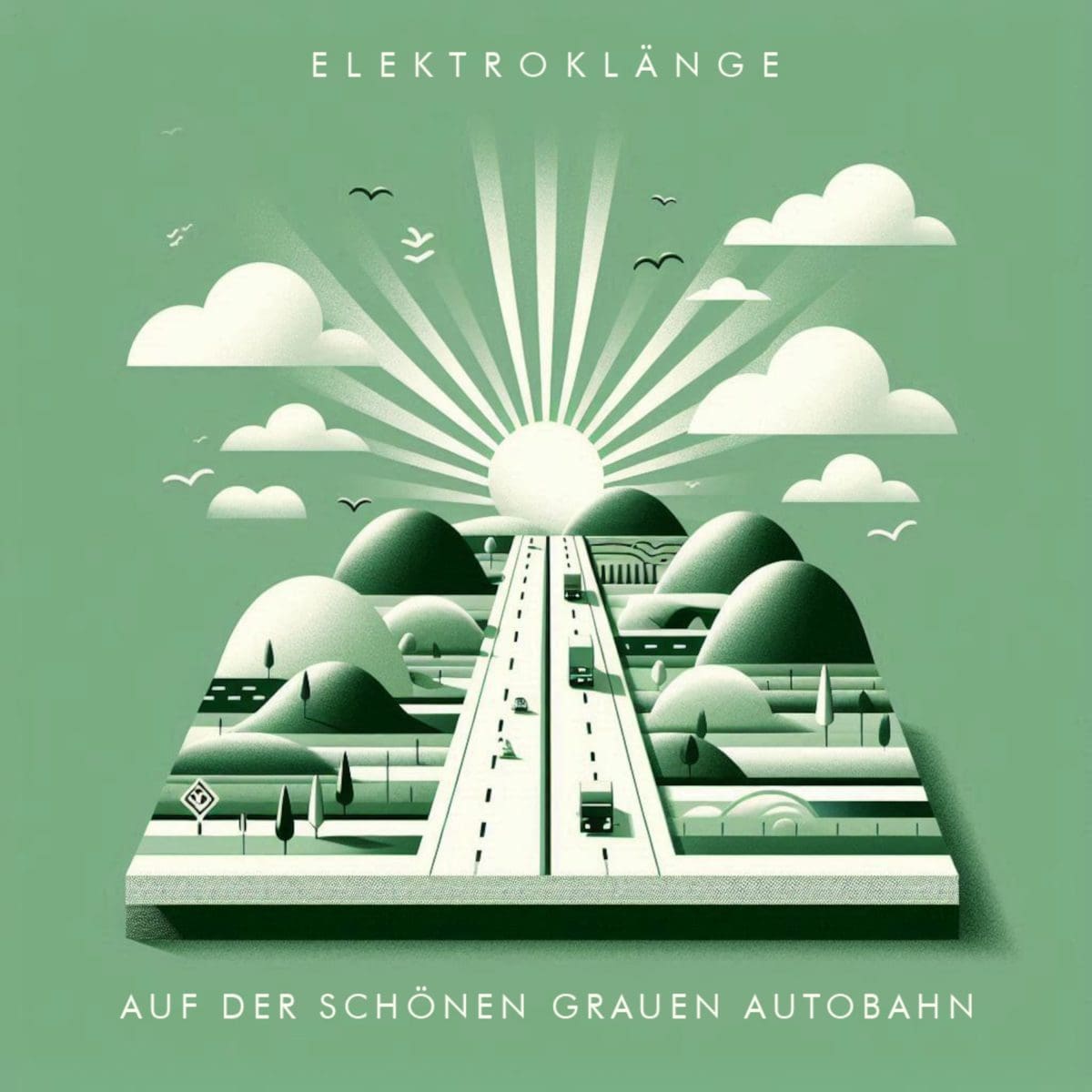Re-issue of two vintage tracks from pioneering NYC synth punks Comateens

The Comateens tracks “Danger Zone” and “Elizabeth’s Lover” are being reissued by Left for Dead, a label with a long connection to both the band and their guitarist Ramona Jan. The 12-inch will be a limited, very collectible release with 90 copies on orange vinyl and 200 on black vinyl.
The Comateens’ Ramona Jan and Nicholas ‘Nic North’ Dembling had just gotten started when they recorded “Danger Zone” while “Elizabeth’s Lover” marked Jan’s turn from punk rock to new wave. Both cuts were recorded at Mediasound in 1979 with Jan on guitar, North on bass, Byrd on synths and Viderci playing drums. Don Wersheba and Harvey J. Goldberg engineered while Ray Janos was the mastering engineer.
As a sidenote, the band was able to record at Mediasound because Jan was an audio engineer there, one of only a handful of women engineers in the world. She had a lifelong career in engineering and production that led to work with Brian Eno, Talking Heads, Ramones (who wrote “Ramona” about her.) and more.
“Danger Zone” was originally backed with “Cool Chick”, recorded during the same session and released independently on Teenmaster Records. Jan left the band shortly after recording these songs “due to a series of unfortunate misunderstandings”, so this version of “Elizabeth’s Lover” was never released. Jan recorded it again, later, with Dizzy and the Romilars. Left for Dead’s James Reynolds considered releasing the original “Danger Zone” single on his Jimboco Records, however he put out Dizzy and the Romilars’ version of “Elizabeth’s Lover” in 1980 instead, followed by the Ramona Jan-produced NastyFacts single “Drive My Car” in ‘81.
The Comateens were one of NYC’s earliest synth-punk bands, along with Suicide and Kraftwerk one of the few live bands to perform with a drum machine. Jan and North formed the band in 1978. Singer and synth player Lyn Byrd and drummer Harry Viderci joined shortly afterwards. Comateens continued after Jan left the band, recording three full lengths before breaking up in the mid-1980s. Their biggest hit was a cover of the “Munster’s Theme Song”, recorded in 1981.
Since you’re here …
… we have a small favour to ask. More people are reading Side-Line Magazine than ever but advertising revenues across the media are falling fast. Unlike many news organisations, we haven’t put up a paywall – we want to keep our journalism as open as we can - and we refuse to add annoying advertising. So you can see why we need to ask for your help.
Side-Line’s independent journalism takes a lot of time, money and hard work to produce. But we do it because we want to push the artists we like and who are equally fighting to survive.
If everyone who reads our reporting, who likes it, helps fund it, our future would be much more secure. For as little as 5 US$, you can support Side-Line Magazine – and it only takes a minute. Thank you.
The donations are safely powered by Paypal.









